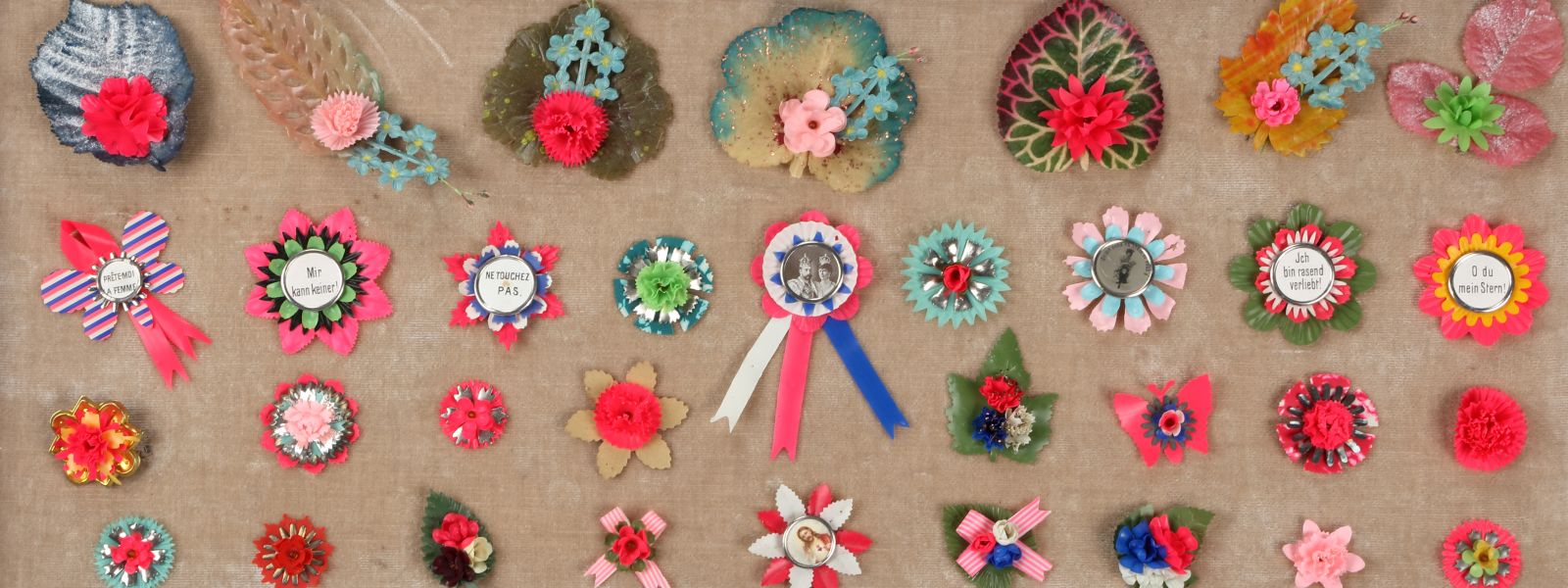Nowadays, the colour pink represents a number of attributes such as childlike, cute, fun, artificial, soft, but also unobjective, seductive and vain. These qualities are often associated with femininity. At the same time, various interest groups deliberately use pink in their campaigns, for example in the fight against breast cancer and other women’s issues or in connection with LGBTIQ+ rights. The least common denominator of these associations, “feminine = pink”, is today a cultural norm of global dimensions that is rooted in the marketing of particular products. Depending on age, pink gives rise to different attributions, such as early sexualisation of girls, infantilization of women or feminisation of boys and men. However, such prejudices are not found in all countries.
Our research into the controversial shade of red has prompted us to launch an appeal to collect other pink objects to add them to our existing collection and the “Who owns PINK?” exhibition. In the exhibition, the different meanings of the colour pink were pointed out and discussed (including by conducting interviews with children and adults about the showcased objects, which can also be accessed here).
Teenagers & Adults






